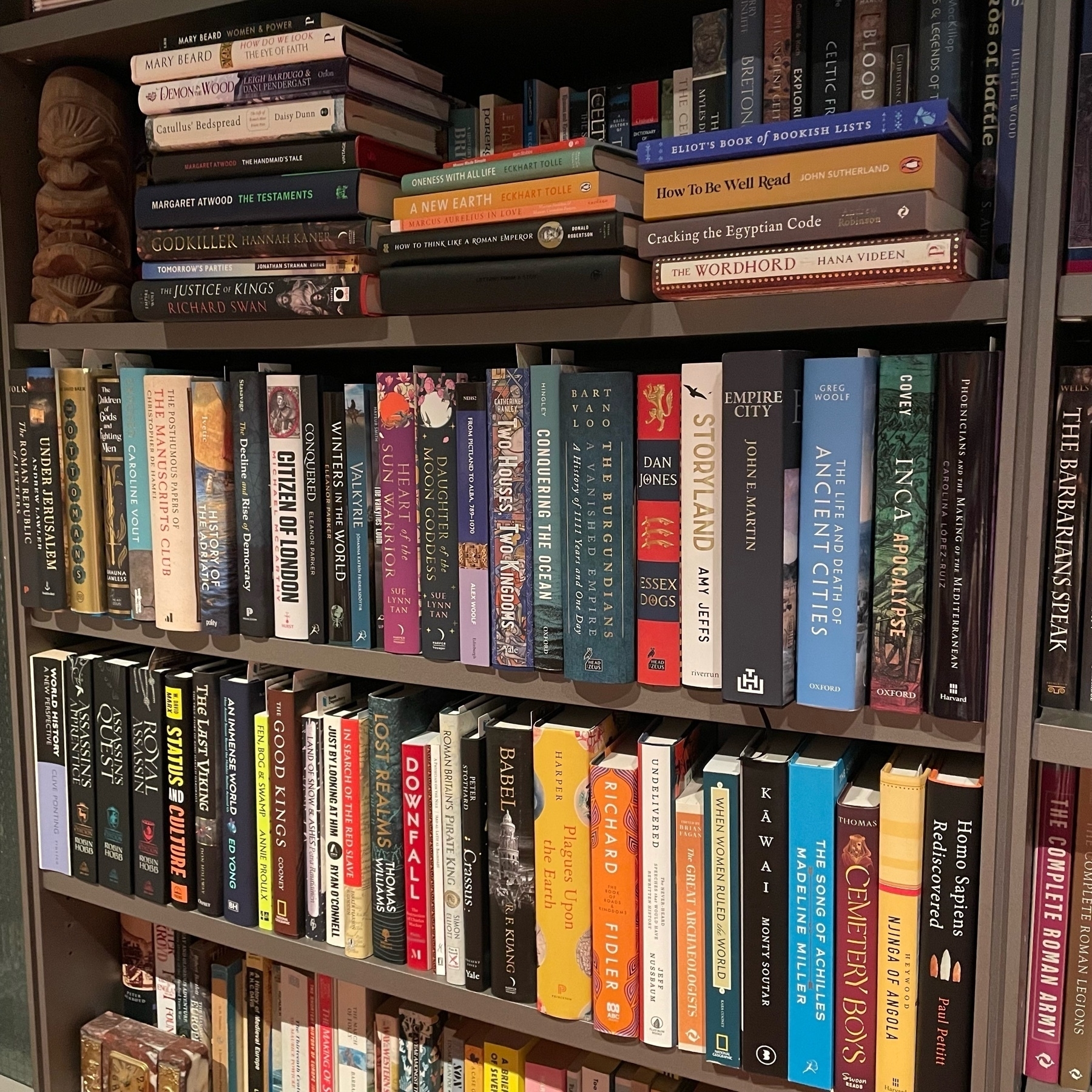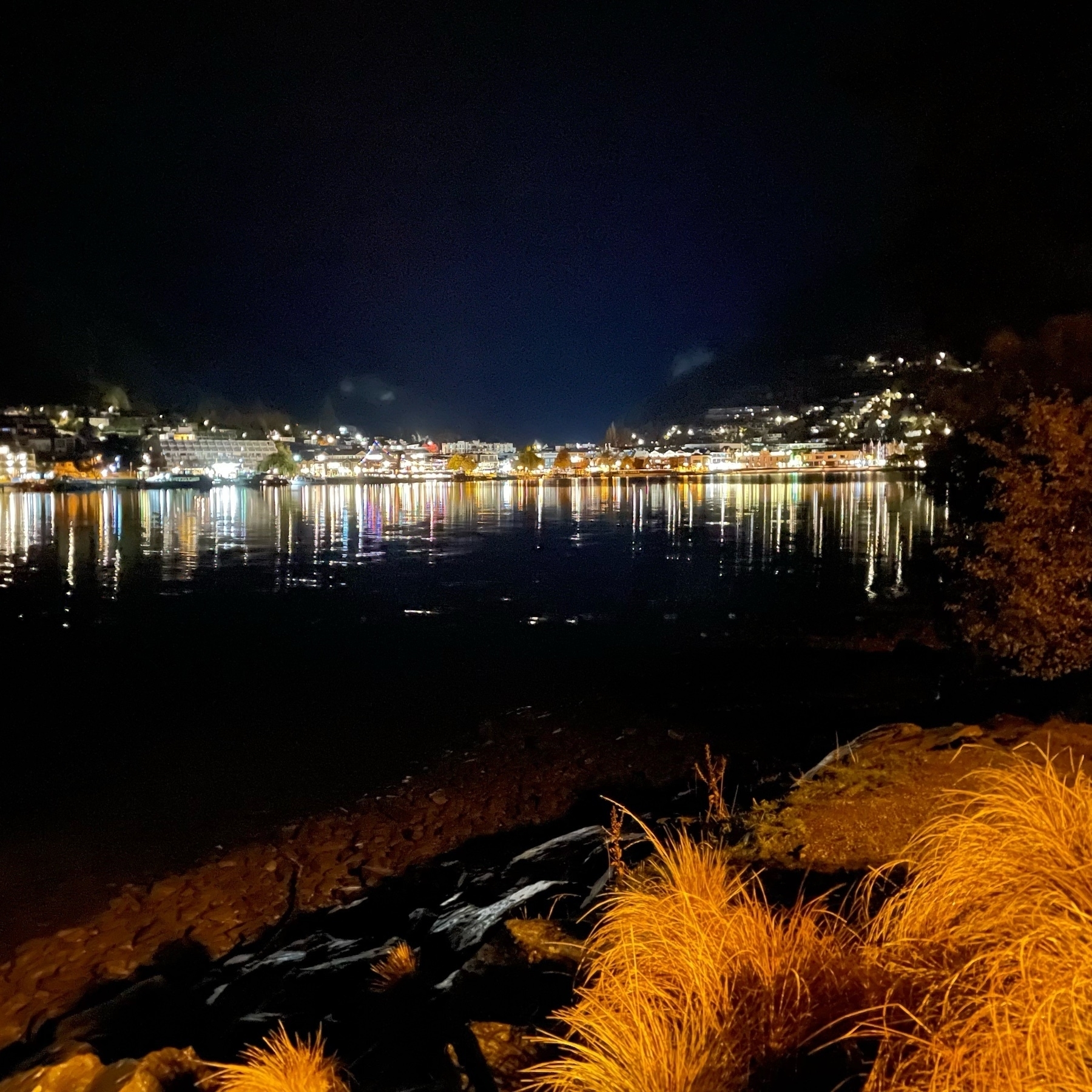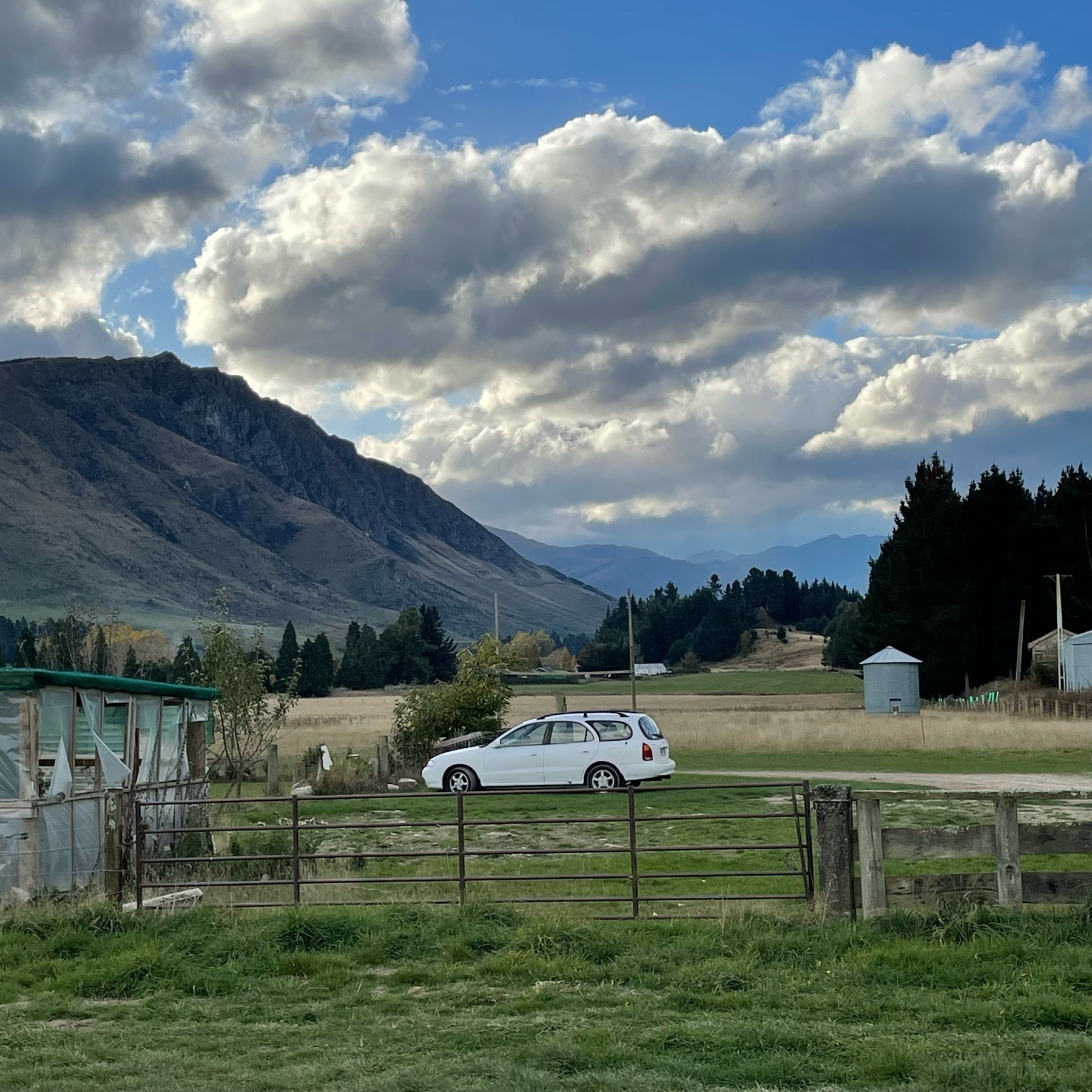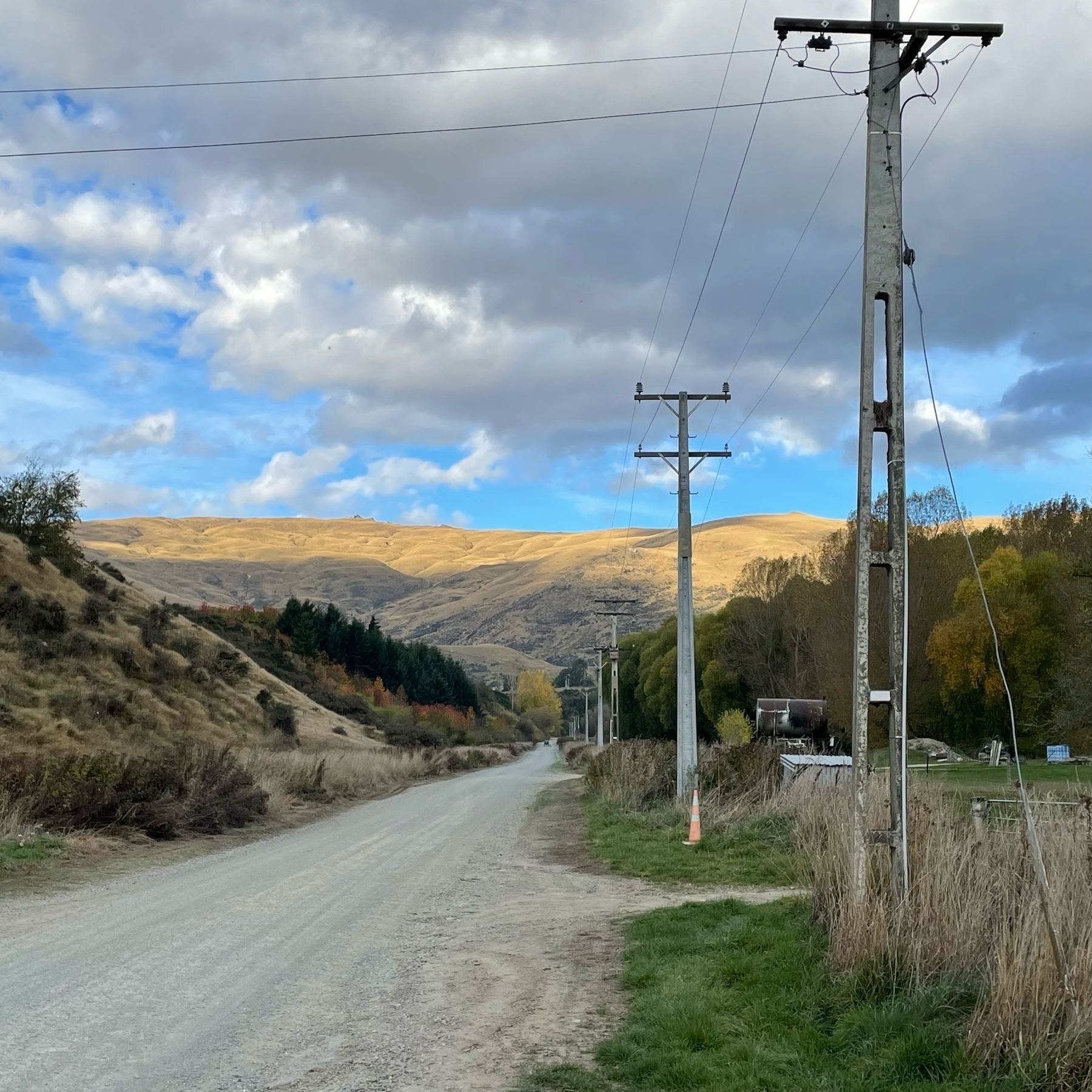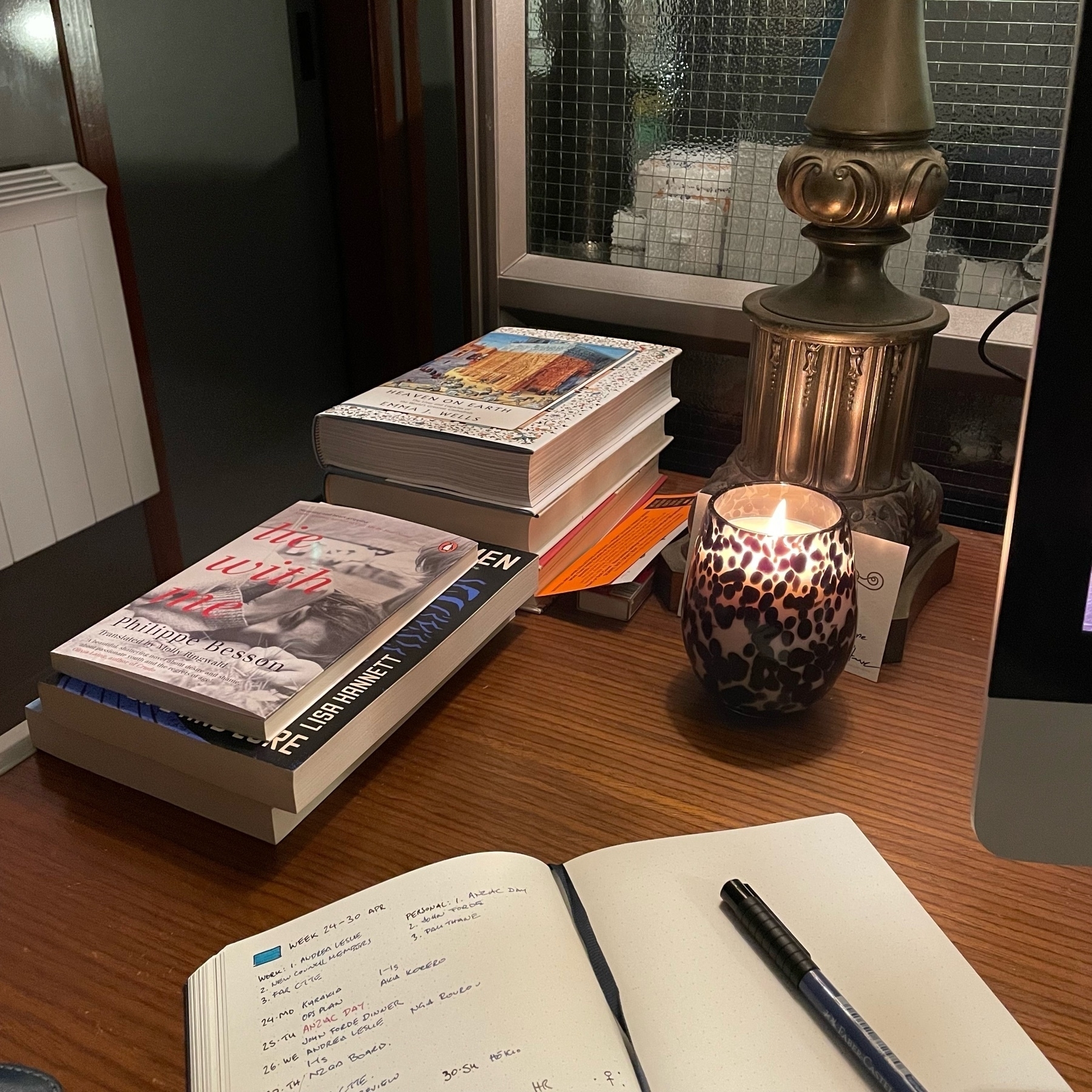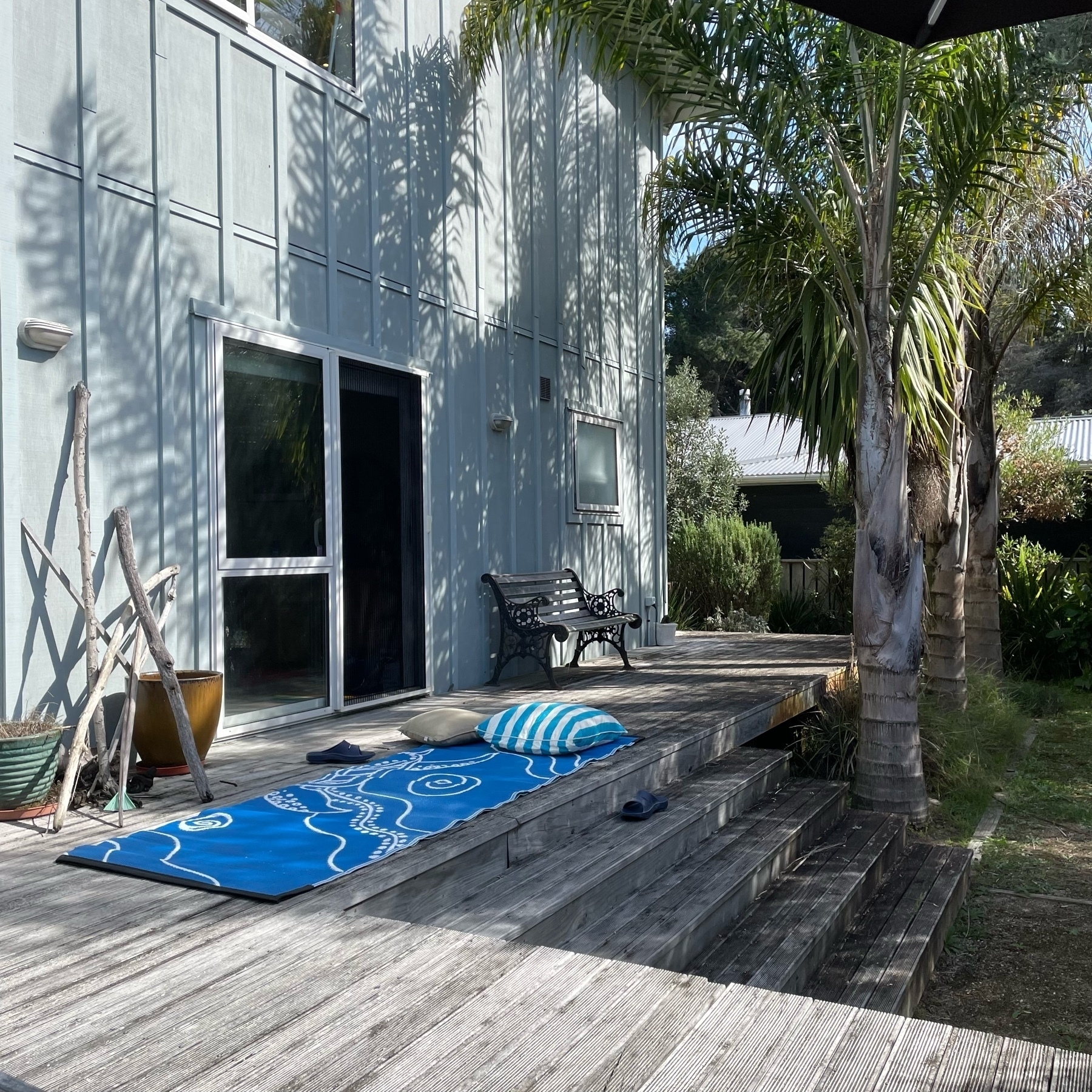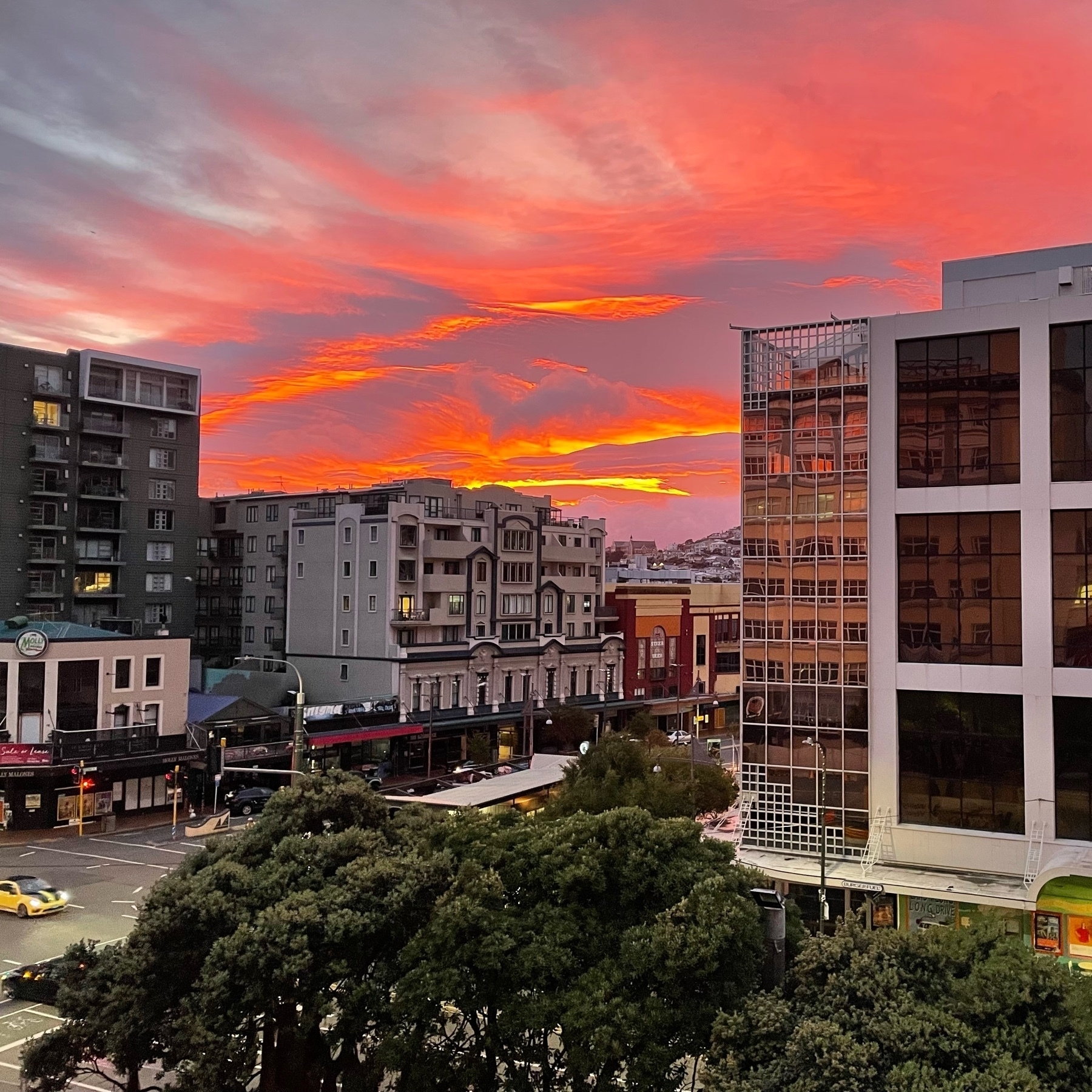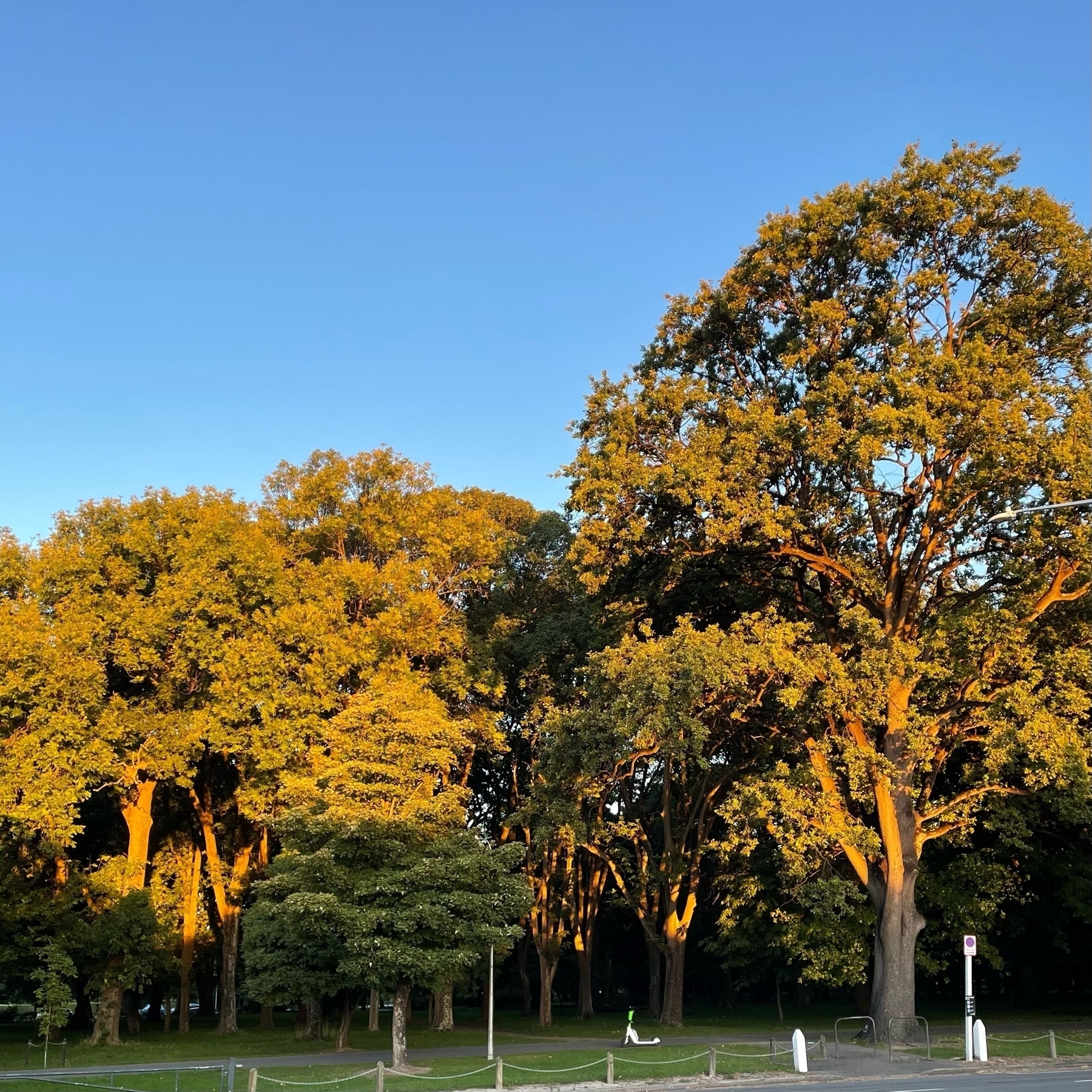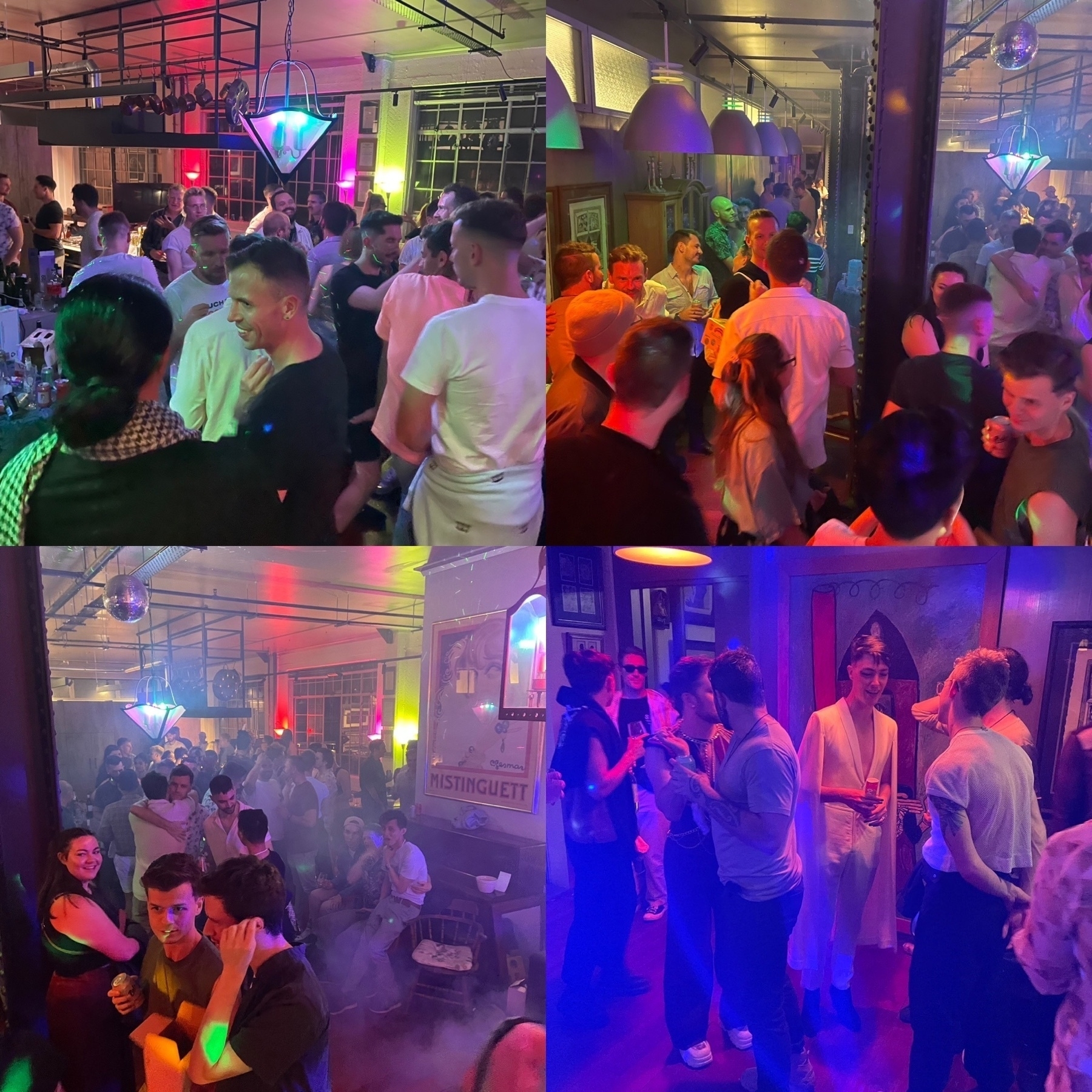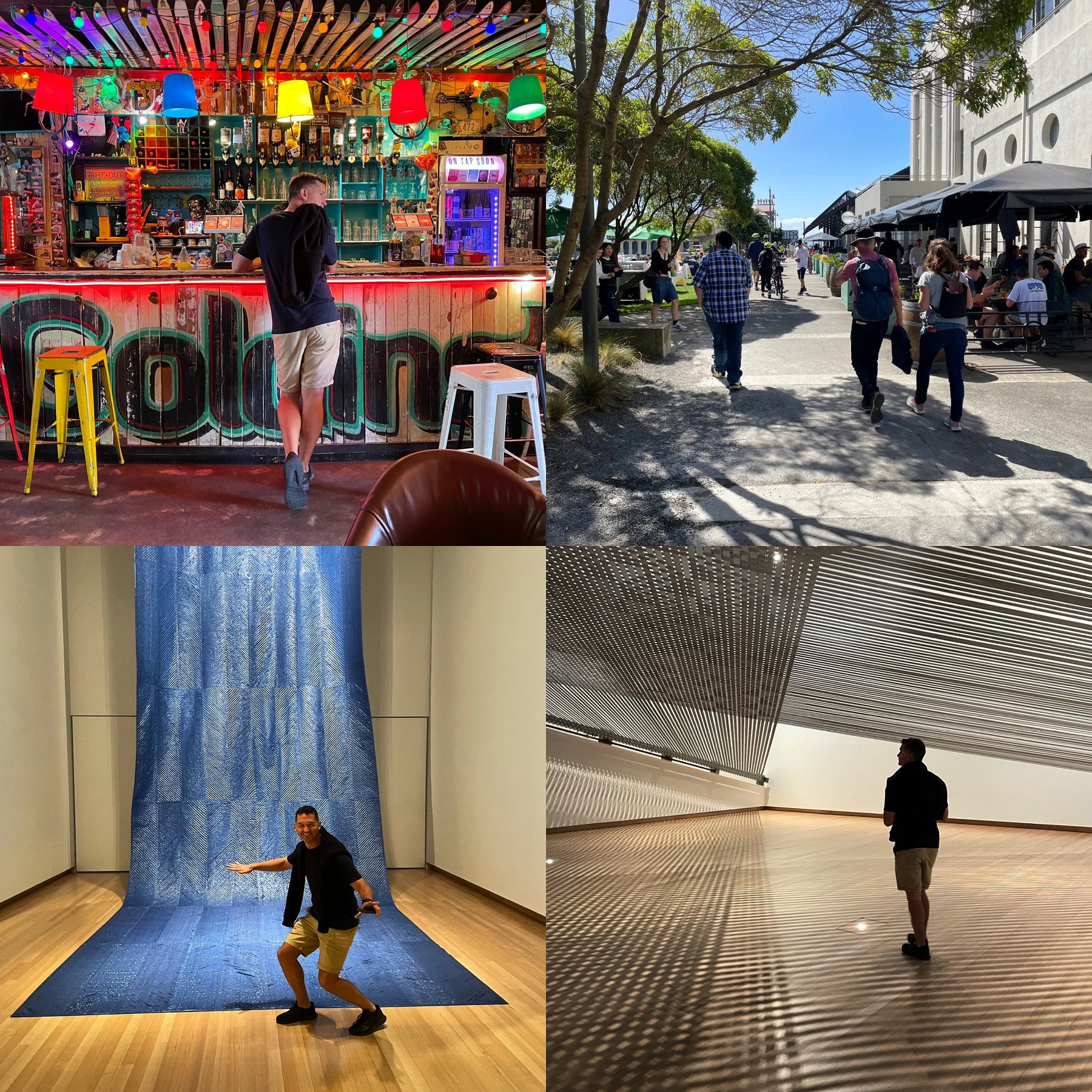Fairlight Station and homestead, Southland. Wonderful visit to talk about their all female shepherds internship programme.
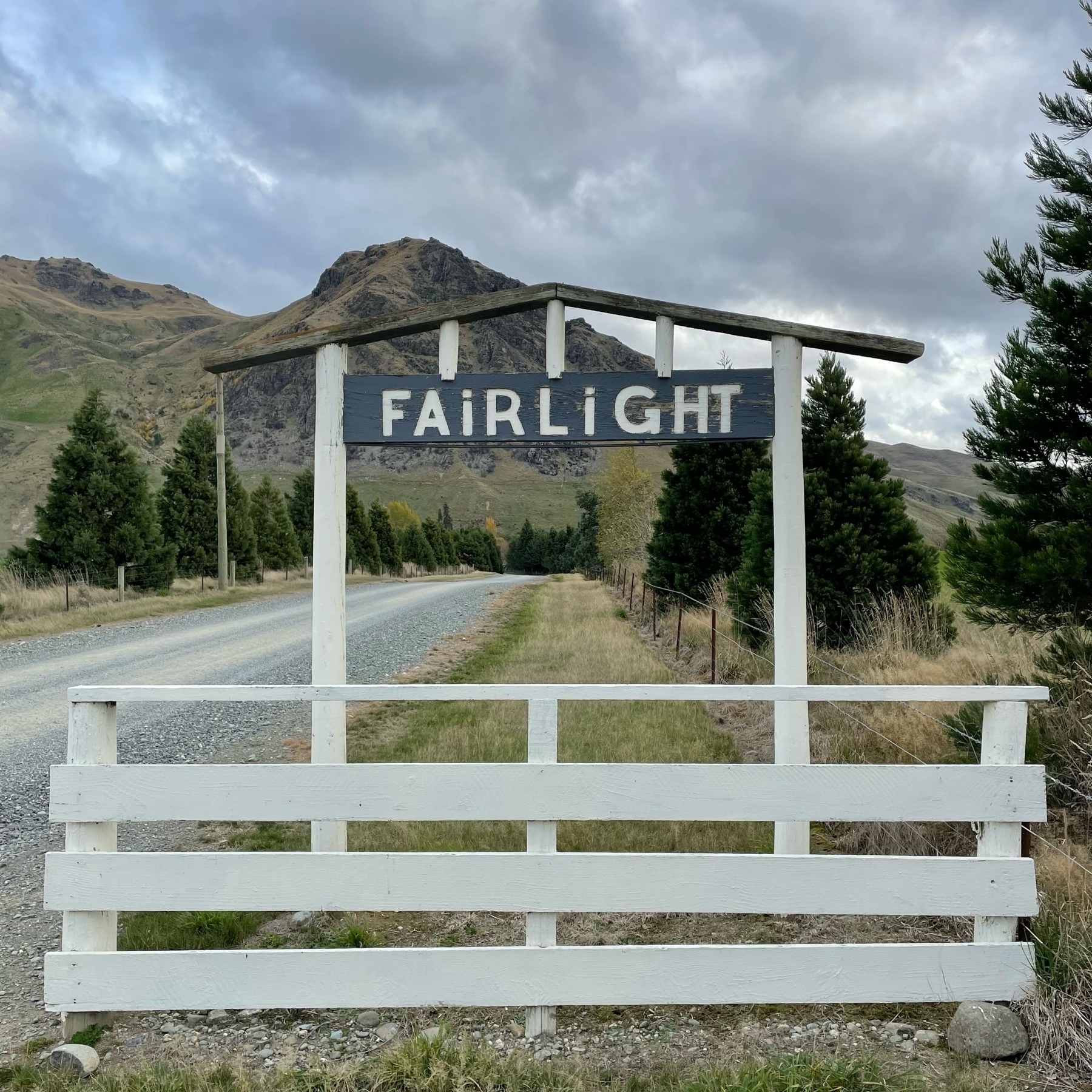
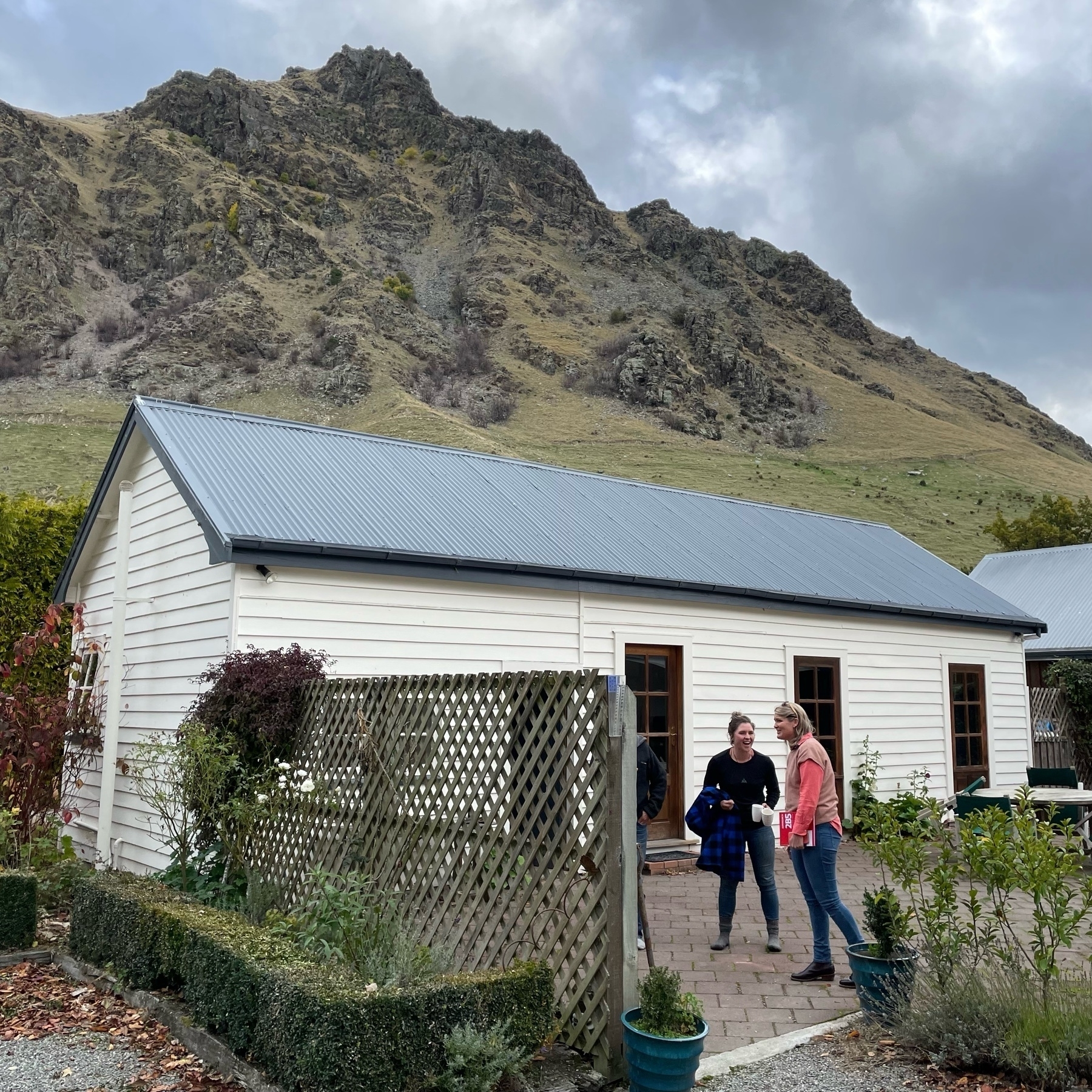
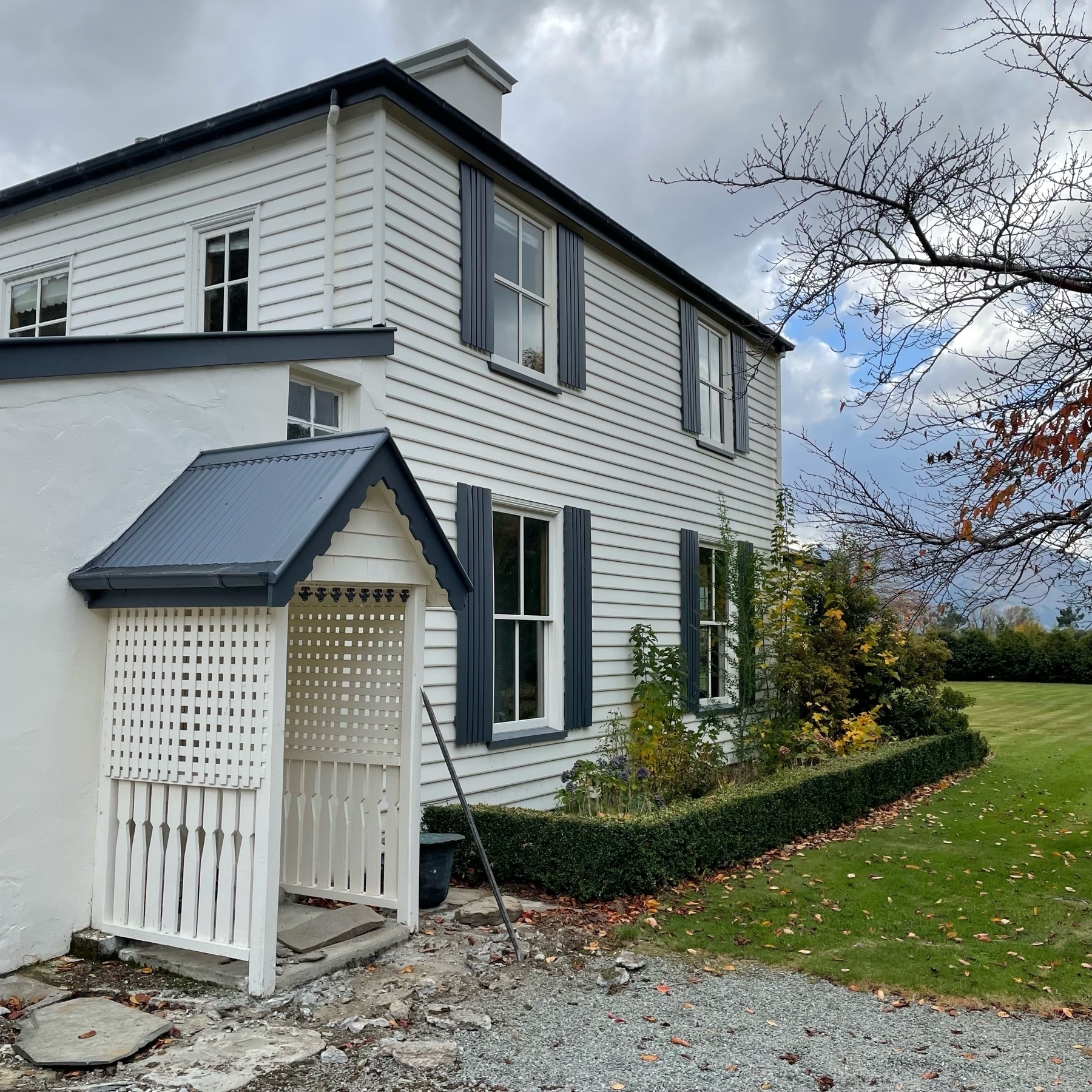

Finished reading: Lie With Me by Philippe Besson 📚
A gloriously written story of hidden first love in 1980s provincial France, reminding us of the loss, pain and wasted opportunities created by social oppression. The final pages pack an incredible punch that will stay with me for a very long time.
The fact I was a teenager in this time period and had lived in France only a few years earlier deepened the impact on me significantly. Philippe Besson is incredible.
Ottolenghi birthday feast
Ottolenghi birthday feast at Hōkio prepared by Andrew and Alec #hōkio #hokiobeach #feast #birthday #friends #dinner #delicious
Dishes: • Tomatoes with sumac onions and pine nuts • Brussel sprouts with burnt butter and black garlic • Sweet potato in tomato, lime and cardamom sauce • Lime and coconut potato gratin • Curried carrot mash with brown butter

Misty morning #tāmaki #tāmakimakaurau #auckland #quickvisit #mōrena #morning #misty #harbour #view #sammackay
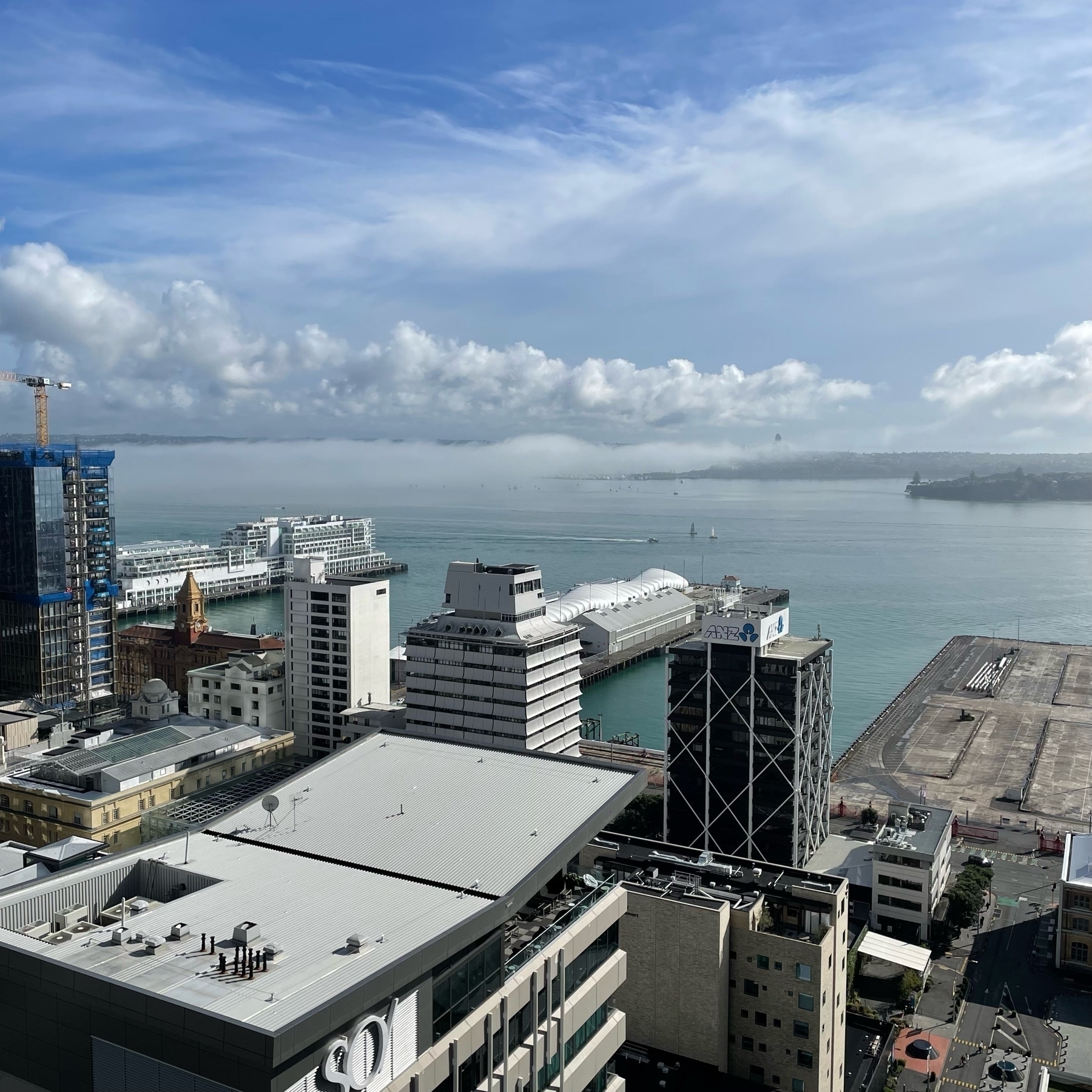
A little art in Auckland #tāmaki #tāmakimakaurau #toiotāmaki #aucklandartgallery #tate #light #sammackay
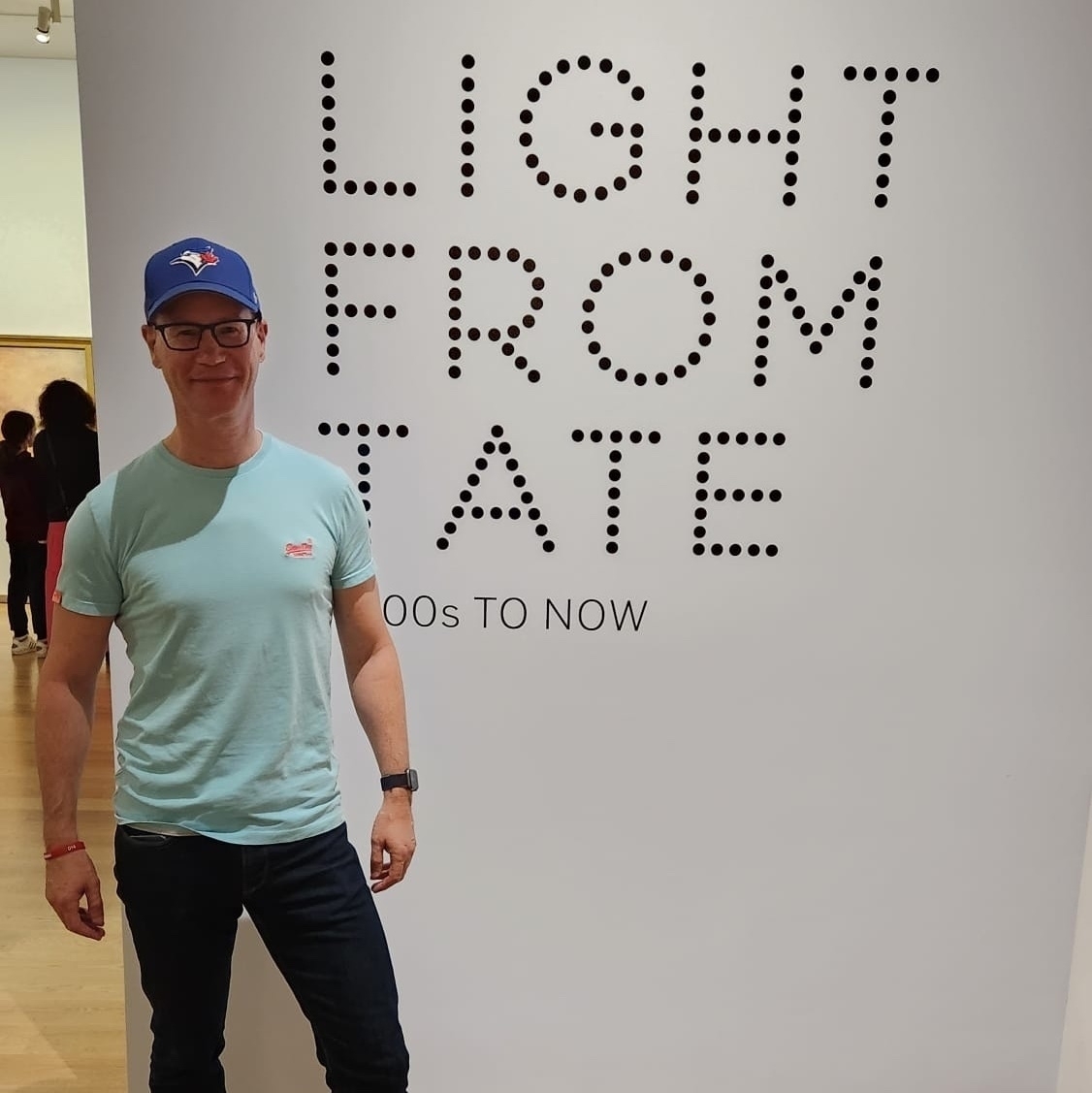
Mōrena Tāmaki Makaurau #mōrena #AtaMārie #morning #workout #LesMills #KyberPass #Newmarket #Tāmaki #TāmakiMakaurau #Auckland
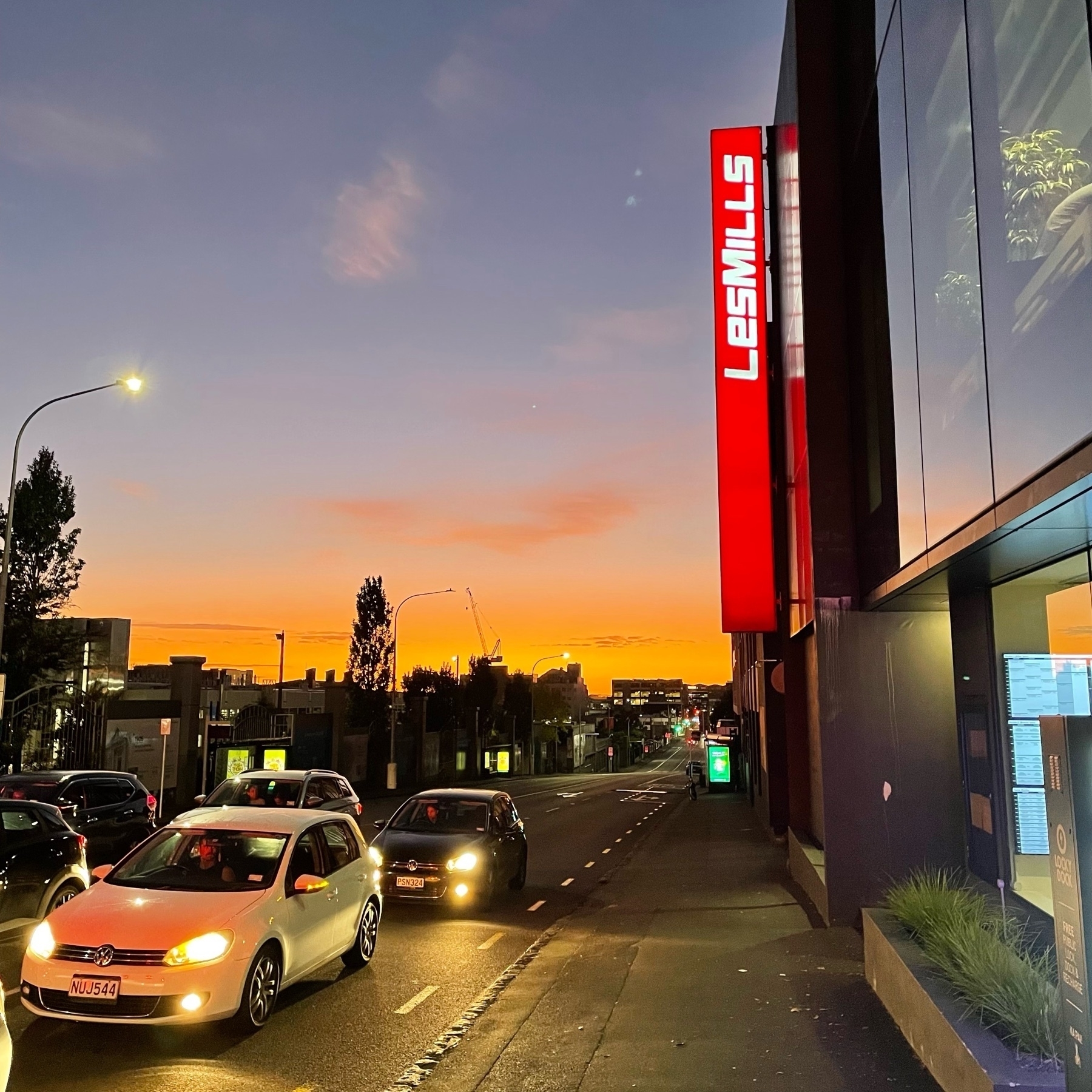
Great way to start the day after a fabulous concert 🎶 📚 🥯 #deli #federalstreetdelicatessen #florenceandthemachine #concert #books #unitybooks #auckland #tāmakimakaurau

A Night to Remember
Fantastic party for Mayor Tory Whanau's 40th. Wonderful party, great people, and a chance to recover and catchup the day after. #party #wellington #pōneke #torywhanau #billhastings

Fabulous Day Party at the White Barn with Hamish and Alastair, a quick visit to see Mum and Dad at Eketāhuna, and dinner on the deck with Bill and Simon at Hōkio. ❤️💙💚 #DayParty #WhiteBarn #Carterton #Wairarapa #Eketāhuna #EkeCountryCottage #Tararua #Hōkio #HōkioBeach #Horowhenua
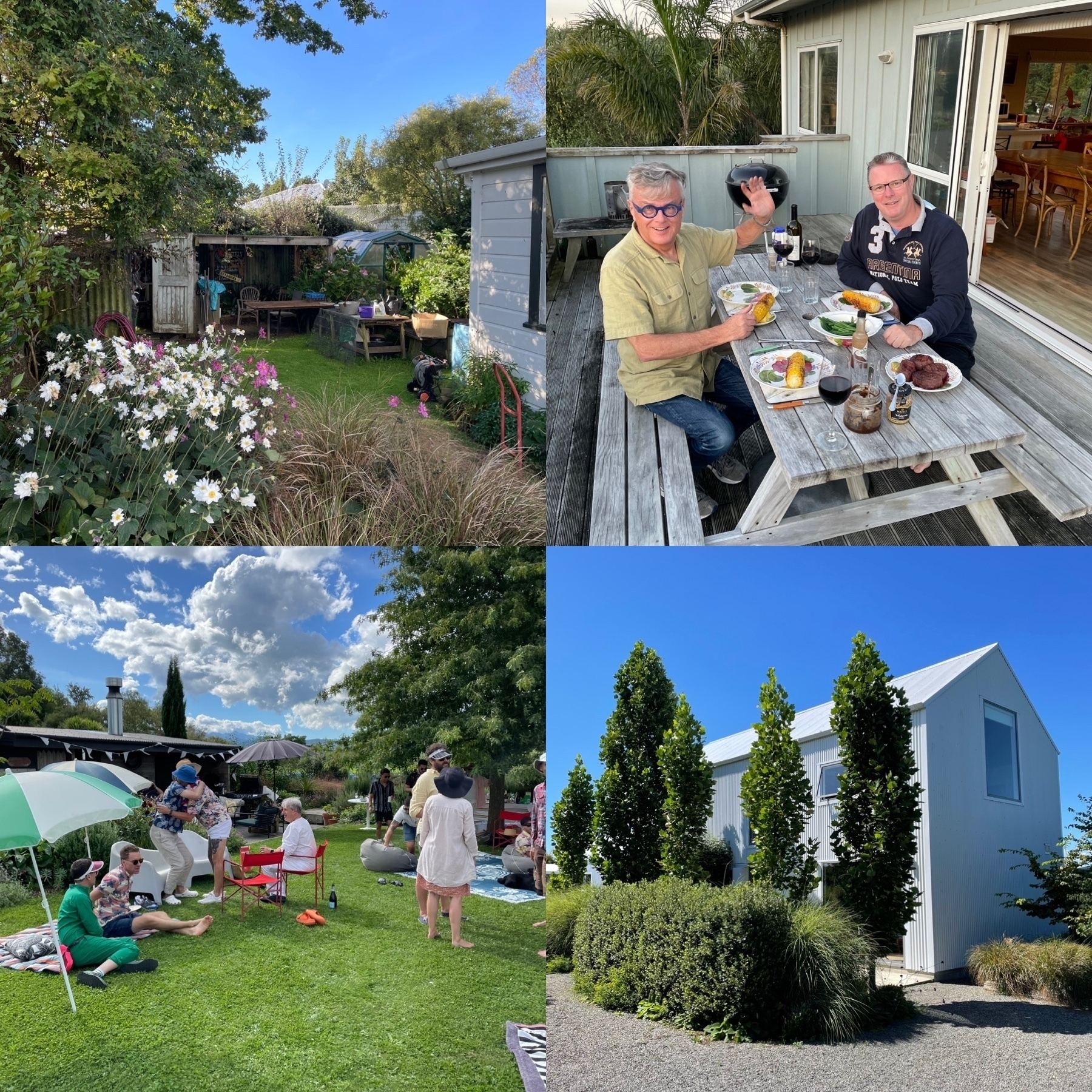
If anyone in Pōneke needs an in-depth guide to the Scythians and other historical steppe peoples I can probably help 😂. I actually did not set out to create this collection… but now that I have it I love it 😍 📚 #books #history #scythians #steppe #collection #serendipity
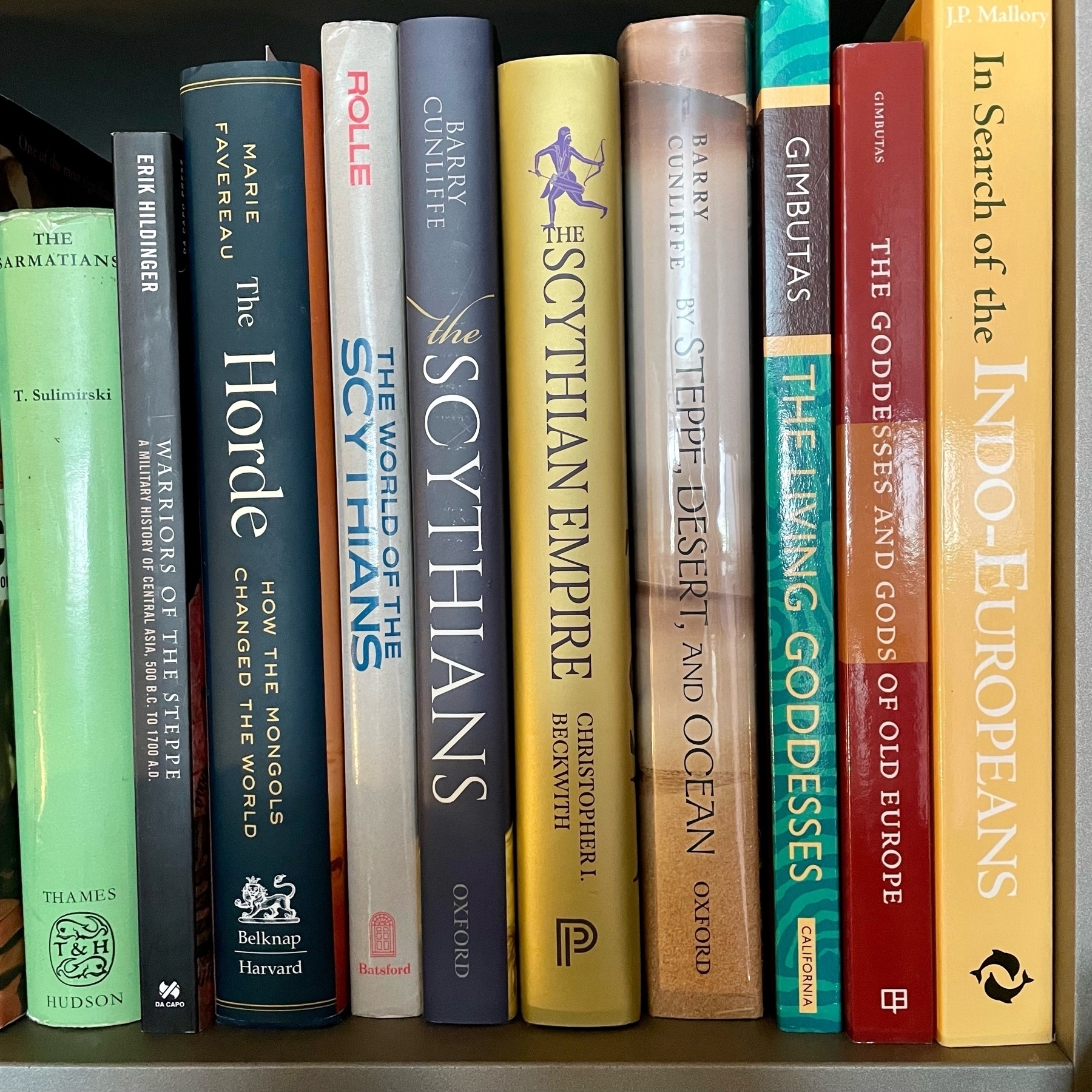
Temporary solution to the 2023 shelving crisis - double stacking. Not an acceptable long term solution but needs must… 📚 #books #shelving #crisis #2023
